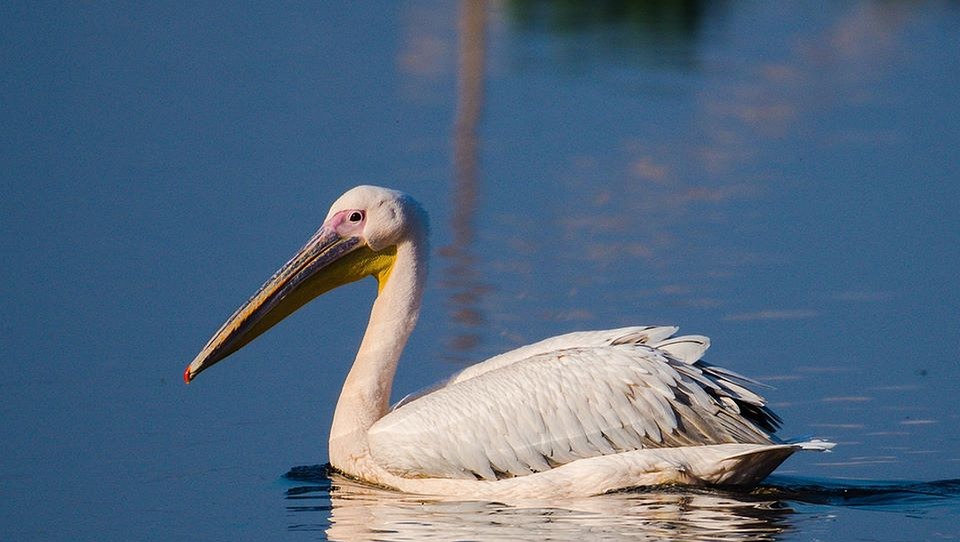Fasting fish tank fish is a practice that is often overlooked by aquarium hobbyists. However, it is an important aspect of fish care that can have numerous benefits for the health and wellbeing of your aquatic pets. In this comprehensive guide, we will explore the concept of fasting, factors to consider when deciding the fasting period, determining the ideal fasting duration, proper fasting techniques, and potential risks and precautions associated with fasting fish tank fish.
Understanding the Concept of Fasting:
Fasting refers to the intentional withholding of food from fish for a specific period of time. In the wild, fish experience periods of scarcity where food may not be readily available. Replicating these natural feeding patterns in captivity can help maintain the health and balance of their digestive systems. Fasting also allows the fish to metabolize any excess nutrients and maintain a healthy weight.
Factors to Consider When Deciding the Fasting Period:
Several factors should be taken into consideration when determining the fasting period for your fish tank fish. Species-specific fasting requirements vary greatly, with some fish requiring more frequent fasting than others. The age and size of the fish also play a role, as younger and smaller fish generally have higher metabolic rates. The health condition and nutritional needs of the fish should be considered as well, as some fish may have specific dietary requirements. Additionally, seasonal variations and breeding patterns can affect the fasting period, with some fish requiring adjustments or temporary halts during these times.
Determining the Ideal Fasting Duration:
While there are general guidelines for fasting fish tank fish, it is important to observe the behavior and appetite of your individual fish to determine the ideal fasting duration. Some popular fish species, such as bettas and goldfish, may be fasted once a week, while others may require fasting twice a week. Monitoring fish behavior and appetite can serve as indicators of their readiness to resume normal feeding.
How to Fast Fish Tank Fish Properly:
Proper fasting techniques are crucial to ensure the health and wellbeing of your fish. Gradually reducing feeding frequency and amount is recommended to prevent any sudden changes that may stress the fish. Providing alternative foods during fasting periods, such as live or frozen brine shrimp or high-fiber vegetable matter, can mimic their natural feeding habits and provide essential nutrients. Monitoring the fish during the fasting period is essential to ensure they are maintaining a healthy weight and showing no signs of distress. Additionally, maintaining proper water quality and conditions is important to support the fish’s overall health during the fasting period.
Potential Risks and Precautions:
While fasting is beneficial for fish, over-fasting can have negative impacts on their health. Extended fasting periods can lead to malnutrition and weaken the immune system, making the fish more susceptible to diseases. It is important to find the right balance and adjust fasting periods based on the individual needs of each fish. Consulting with an aquarium professional or veterinarian can provide valuable guidance and ensure the health and wellbeing of your fish.
FAQs:
1. How often should I fast my fish tank fish?
The frequency of fasting depends on the species and individual needs. Generally, fish should be fasted once or twice a week.
2. Can I fast fish tank fish for too long?
Extended fasting periods can harm fish health, so it’s important to find the right balance. Avoid fasting for more than 3 days unless advised by an expert.
3. Should I fast my fish during breeding season?
During breeding season, fasting may be adjusted or temporarily halted based on species requirements. Consult species-specific information or an expert for guidance.
4. Can I provide any food during fasting periods?
While fasting, offering small amounts of easily digestible foods like live or frozen brine shrimp can be beneficial. High-fiber vegetable matter can also be included to mimic natural grazing behavior.
5. How can I tell if my fish is ready to eat after a fast?
Observe fish behavior, appetite, and general activity level. If the fish actively searches for food and shows interest, it’s likely ready to resume normal feeding.
In conclusion, fasting fish tank fish is an essential practice for maintaining their overall health and wellbeing. Understanding species-specific fasting requirements and observing individual behavior will help determine the ideal fasting duration. Proper fasting techniques, along with monitoring water conditions, will contribute to the longevity and vitality of your fish. By implementing these practices, you can ensure the health and happiness of your aquatic pets.









